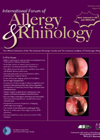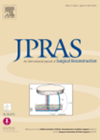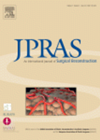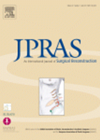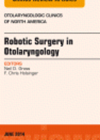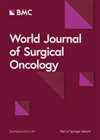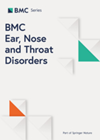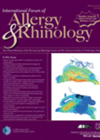
Journal Reviews
The effect of cocaine or adrenaline dressing during endoscopic sinus surgery
A randomised controlled study of 37 patients took place that underwent endoscopic sinus surgery for chronic rhinosinusitis and received adrenaline or cocaine-soaked patties. The study showed no difference in the mean surgical field scores between adrenaline and cocaine sides. Adequate...
Lipofilling for scar improvement
Since Coleman et al. in 1991 reported on lipofilling, numerous applications have been reported; these include but are not limited to contour restoration, lip augmentation, and wrinkle therapy. There has also been some one off reported improvements in scars following...
The many uses of human amnion
Human amnion has historically been the focus of much myth and superstition. To be born with the ‘caul’ intact was considered lucky and the caul was often manufactured into clothing. In 1910 foetal membranes were first used in skin transplantation...
Harvesting the flexor hallucis longus: what is the increased morbidity?
The free fibula flap is now widely used in clinical applications for microvascular reconstruction and occasionally, to add bulk, the flexor hallucis longus (FHL) muscle is harvested along with the fibula. The post-operative morbidity is usually described as mild and...
In the future there will be robots
This edition of review articles encompasses the emerging techniques of robotic surgery, written by international experts from centres that are increasing their repertoire of procedures. The treatment of oropharyngeal cancer is challenging irrespective of modality, as oncological and functional outcomes...
CT and intraoperative nerve monitoring to identify non-recurrent laryngeal nerve during thyroid surgery
A non-recurrent laryngeal nerve (NRLN) is a rare (incidence 0.3% to 1.3%) anatomical variant that results in a higher rate of vocal cord palsy following thyroid surgery. This team from China examined the utility of preoperative CT and intraoperative nerve...
3D ultrasonography for evaluation of muscles following facial palsy
Reconstructive surgery for facial nerve palsies is not recommended beyond two to three years after a degenerative facial nerve lesion. Since the time course of muscle atrophy is variable, this timeline is a rough guideline. The only assessment method currently...
Objective versus subjective – again!
The use of objective measurements of nasal airflow has a long history; however, its clinical application remains, at most, patchy. The main reason for that has been the lack of convincing studies showing a good correlation between the findings of,...

